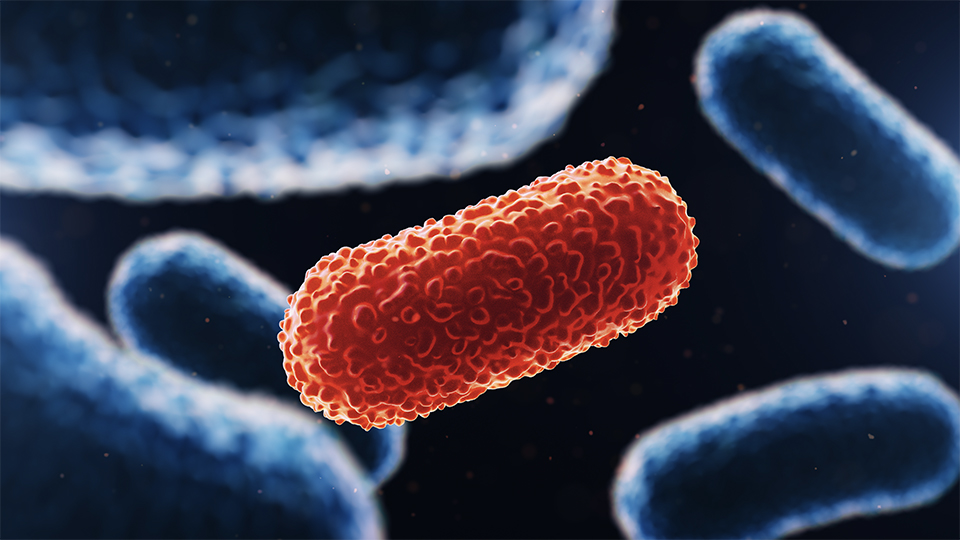Is immunostimulation in intensive care unit patients feasible?
DOI:
https://doi.org/10.37051/mir-00181Keywords:
sepsis, injury-induced immunosuppression, immunotherapyAbstract
Injury-induced immunosuppression is defined as an immunosuppressive state occurring after a severe initial injury. It is described after various injuries such as sepsis, trauma, extensive burns, or major surgery. This acquired immunosuppression is characterized by quantitative and qualitative alterations of innate and adaptive immunity. Immunostimulating therapies have been developed to restore an immune homeostasis in these patients. Among them, interferon gamma and Granulocyte-macrophage colony stimulating factor can reverse monocyte deactivation whereas interleukin 7 or immune checkpoint inhibitors can reverse lymphocyte exhaustion. Using these immunotherapies requires to define which patients present an injury-induced immunosuppression as well as the characteristics of this immunosuppression. In addition, a reasoned application during the evolution of the disease seems necessary to observe the potential beneficial effects of these treatments. In vivo data focusing on the use of these therapies report interesting biological and clinical efficacy as well as a satisfactory tolerance profile.


